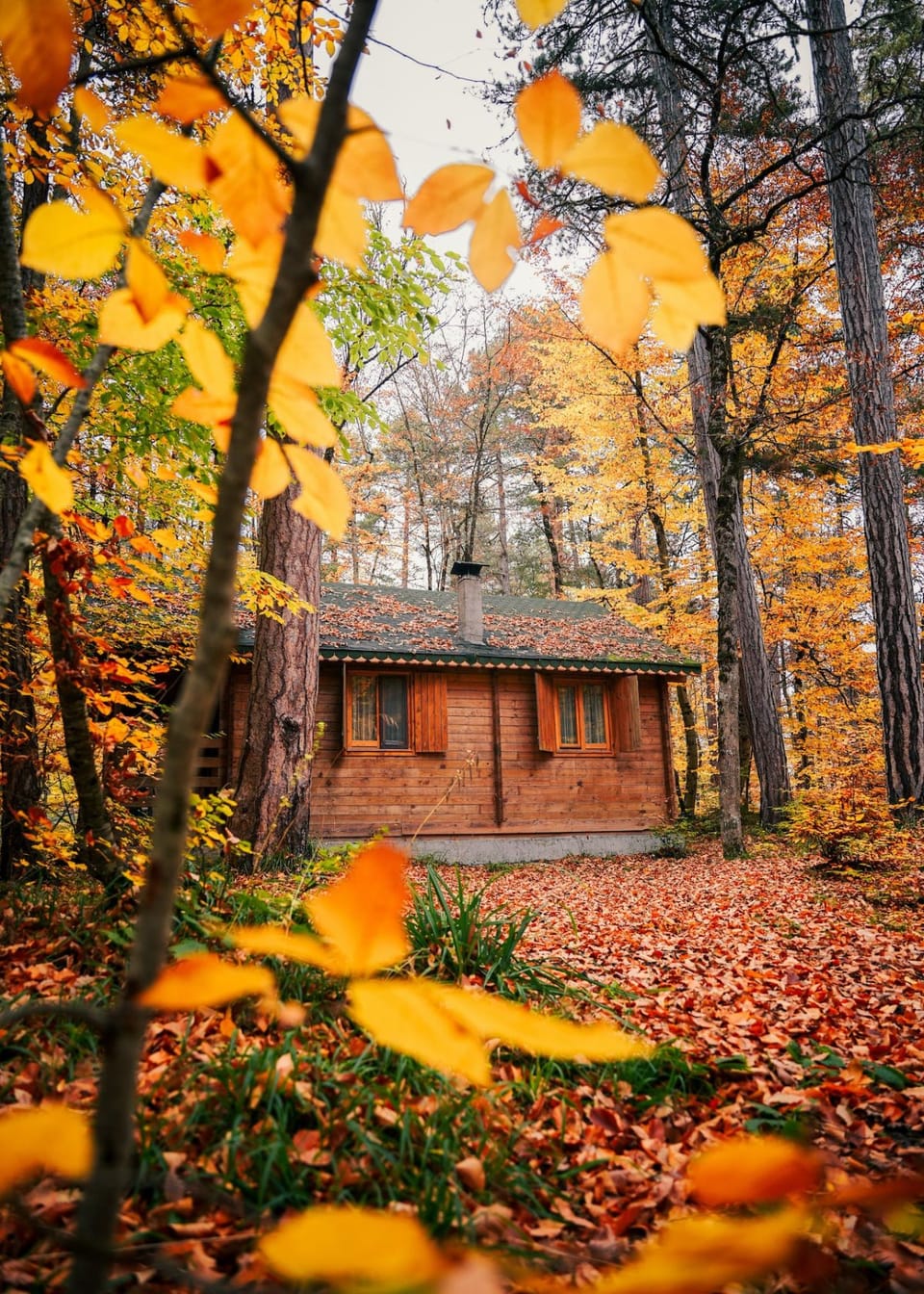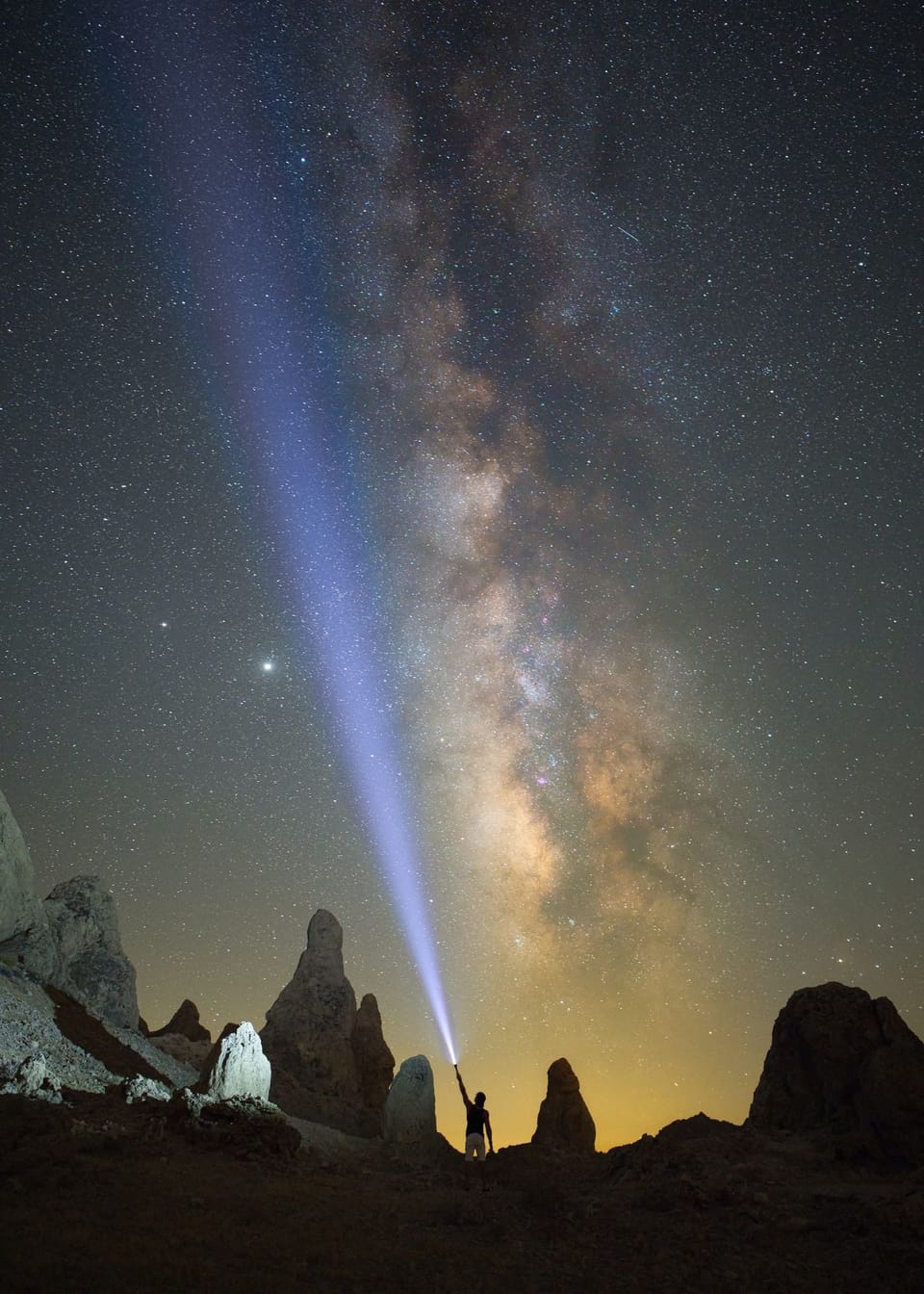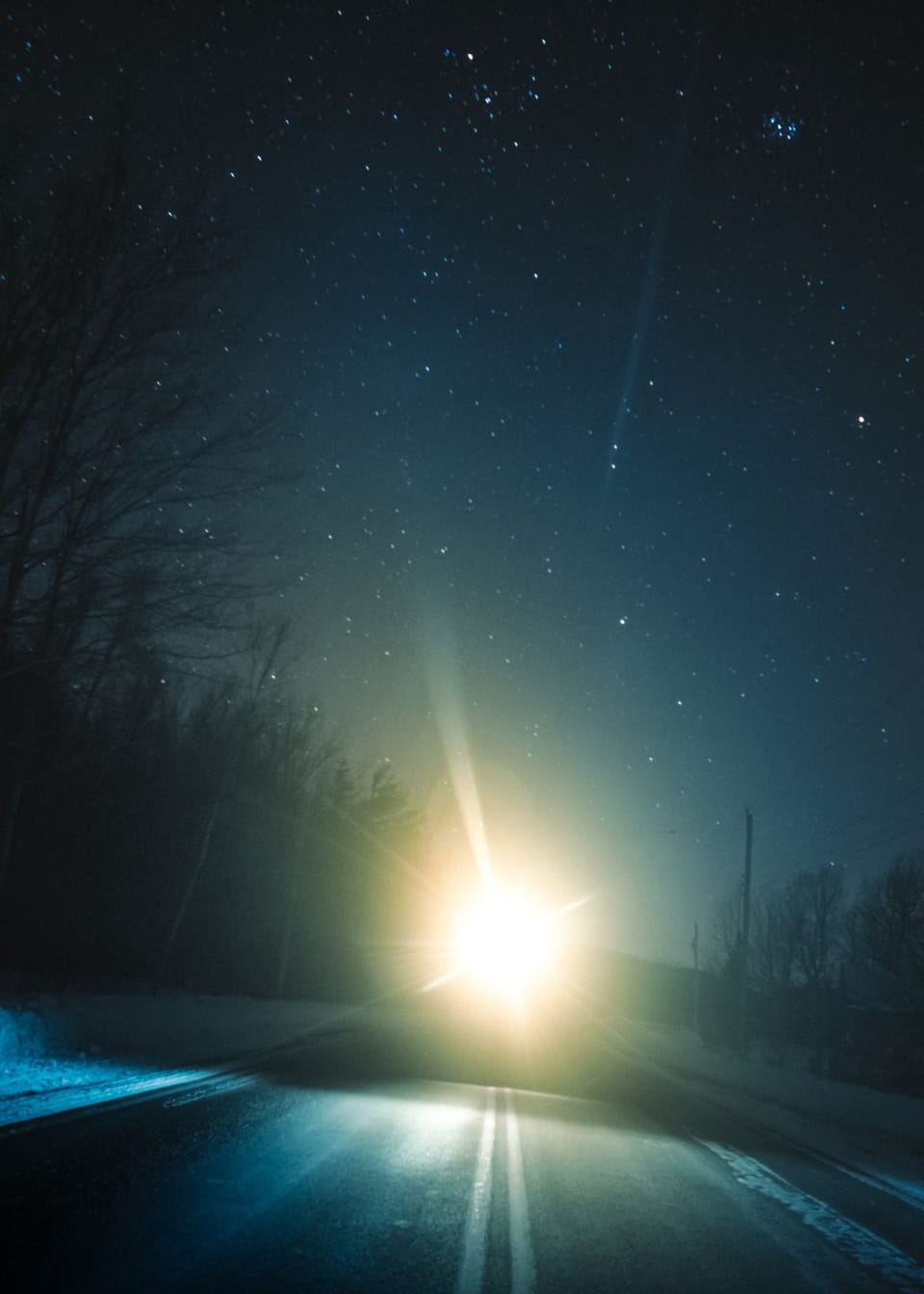Lights, Camera, Sensitivity! Discover The Truth About ISO For Photography
Are your pictures consistently blurry, dark and grainy? Elevate your photography skills or business to a professional level with ISO settings.
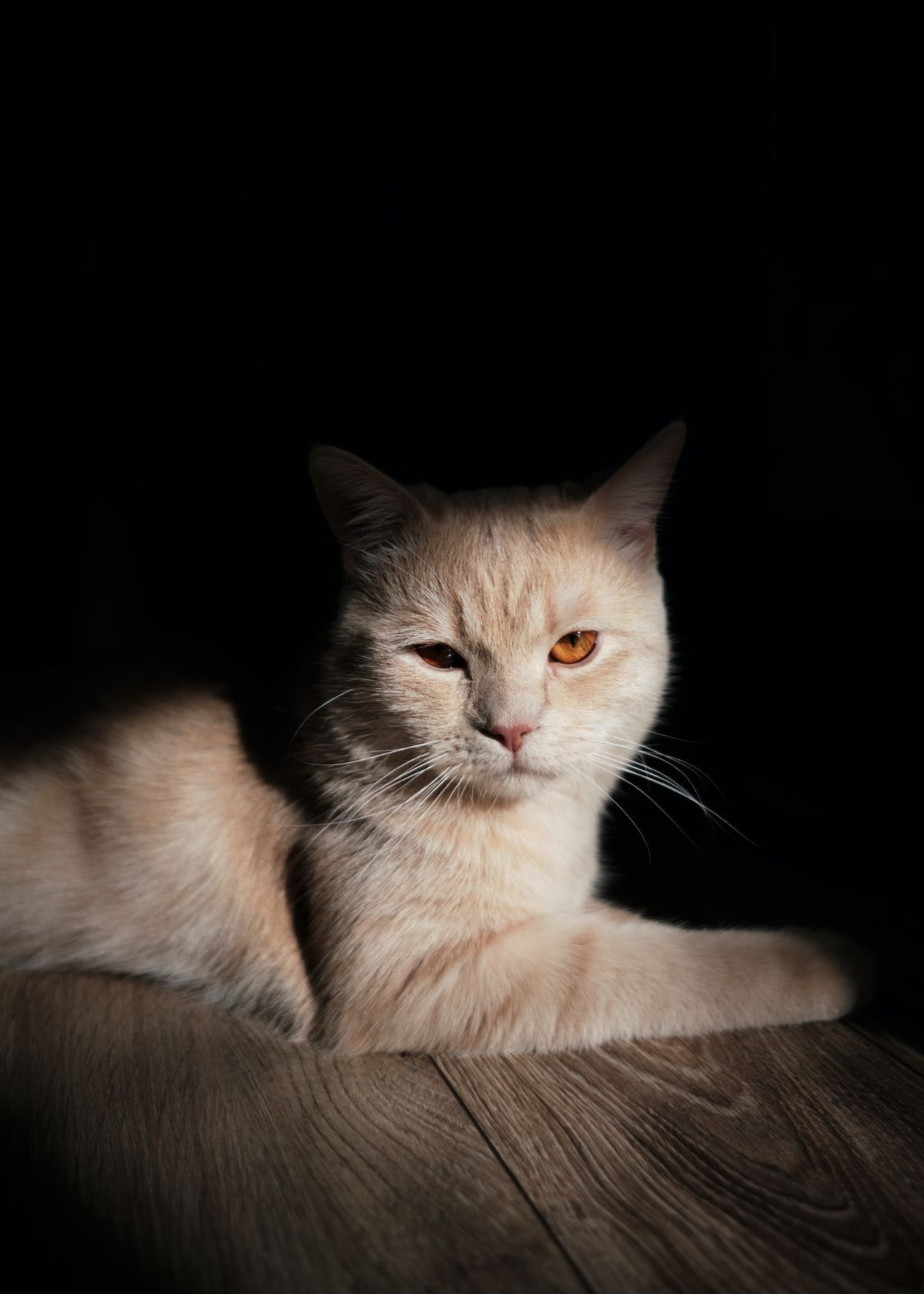
Want to take your photography game to the next level?
Ever wondered what ISO means? It stands for International Organization of Standardization, and it determines how sensitive your camera’s digital sensor is when capturing light. In short, it’s a way to measure the amount of light that hits a surface!
By changing your ISO settings like a pro, you can get beautiful photos in any environment – from dark nightclub shots to vibrant landscapes on sunny days.
With high quality photo results without spending extra money on lighting equipment or other resources, this one simple trick will be sure make all your friends jealous!
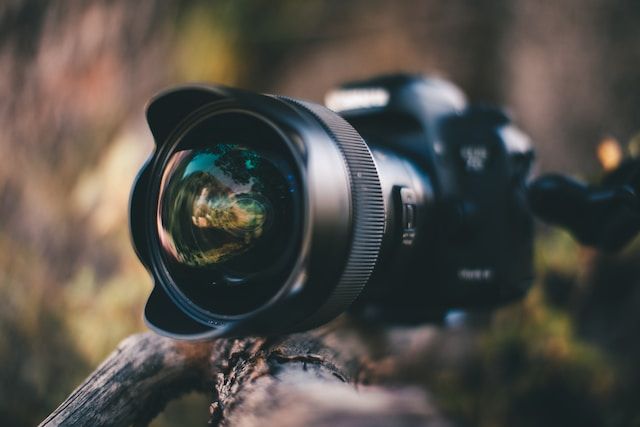
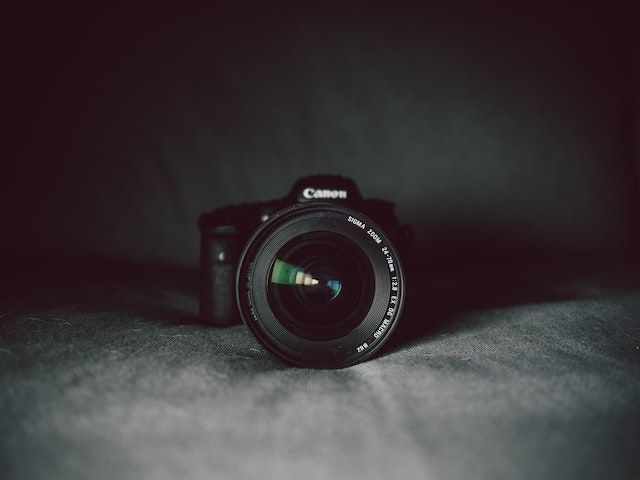
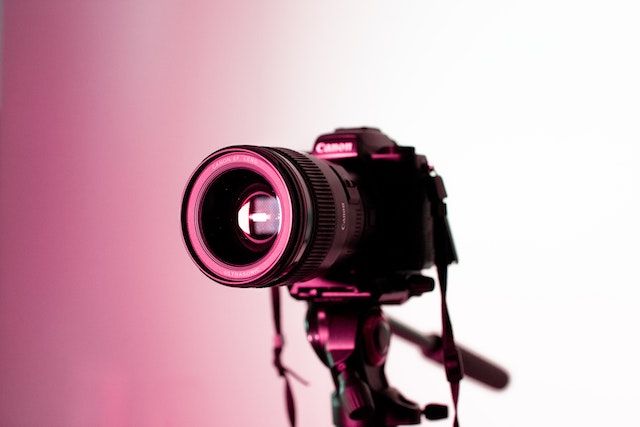
ISO Explained: Digital Photography
ISO originally referred to the sensitivity of film—it's "light gathering" ability. The higher the ISO rating, the greater the film's ability to capture images taken in low light.
High ISO film was called fast film—it required a shorter exposure than a low ISO film. For digital photography, ISO refers to the sensitivity—the signal gain—of the camera's sensor.
The ISO setting is one of three elements used to control exposure; the other two are f/stop and shutter speed. In most cases manually setting the f/stop and shutter speed, or using one of the camera's automatic exposure controls (aperture- or shutter-priority, for example) is all you'll need to do.
But when the situation calls for a shallow depth-of-field and, thus, a wide lens opening, and/or a fast shutter speed, that combination may not allow enough light to reach the sensor.
Or, in the case of photographing a concert performance, the widest lens opening and slowest hand-holdable shutter speed may not enable enough light to reach the sensor. The solution for both instances: boost the ISO to increase the sensor's sensitivity to light.
Benefits Of ISO In Photography
Knowing how to use ISO in photography is a key part of becoming a successful photographer. The ISO setting affects the exposure of an image, as a lower ISO allows for less light and less noise in the resulting image.
A higher ISO will allow for more light but also more noise. Using the right ISO setting can help create different effects such as blurring or sharpening certain elements in the frame.
With its versatility and ability to give photographers more control over their work, learning how to properly use ISO can open up new creative opportunities and help elevate your photography to new heights!
How To Change ISO On A Camera
The parameters will be different for each device. A small guide on how to change ISO is written below:
- Find a setting that you can use to select the desired value. You should not choose the automatic mode. Manual Shooting, Shutter Priority, or Aperture Priority would work best.
- If your camera level is not too high, you will need to find the right section in the menu, and then select the desired value.
- Special buttons for manual adjustment are provided in higher-class cameras.
Some devices have special "HI" and "LO" icons added that allow the user to significantly increase the native ISO settings. We do not recommend using them. If you are in doubt about how to change the ISO setting, refer to your camera's manual.
Standard ISO Values
What are ISO values? ISO is a standard that measures the sensitivity of film for photography. The lower the number, the more sensitive to light it is; and vice versa.
It’s important to know about these because your camera settings can be determined by what type of film you’re using, so knowing which one you have will allow you to take better pictures.
There are different types of ISO values: 100-400, 800-1600, and 6400+.
ISO 100 setting is generally used for outdoor scenes while an ISO 200 setting is typically used indoors to account for less available natural light.
400 would be a good starting point if you want more exposure to your photos.

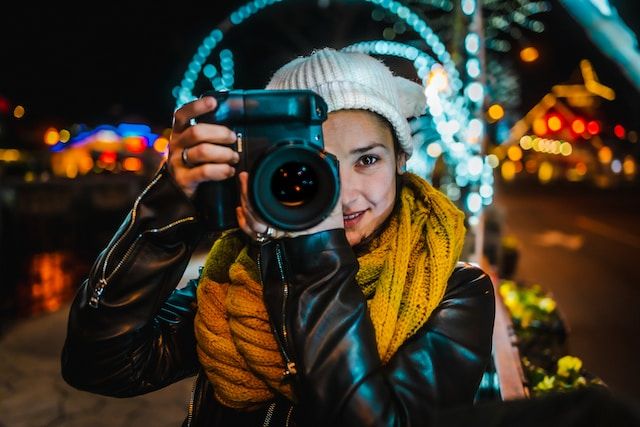

ISO Photography FAQs
ISO photography can be confusing, especially if you're just starting out.
It's no wonder people are confused about iso photography. There are so many conflicting opinions and information out there.
We've put together this FAQ to answer all of your questions about iso photography, from what it is to how to use it. We'll help you understand the basics so you can start taking amazing photos with ease.
What is ISO in photography?
ISO stands for International Standards Organization, and it's a measure of how sensitive your camera's sensor is to light. The higher the ISO number, the more sensitive your camera is to light and the brighter your image will be. Lower ISOs are better for low-light situations, while higher ISOs are better for bright conditions.
How does ISO affect exposure?
ISO affects exposure by making your camera more or less sensitive to light. A higher ISO will make your camera more sensitive to light, resulting in brighter images with less noise or graininess. On the other hand, lower ISOs will make your camera less sensitive to light and result in darker images with more noise or graininess.
What is a good ISO setting?
The best ISO setting depends on what kind of lighting you're shooting in and what type of image you want to create. Generally speaking, if you're shooting in low-light conditions then you should use a lower ISO setting (e.g., 100-400). If you're shooting in bright conditions then you should use a higher ISO setting (e.g., 800-1600).
What is high ISO photography?
High ISO photography refers to using a high sensitivity setting on your camera's sensor when taking pictures in low-light conditions (e.g., nighttime or indoors).
This allows you to capture images without having to use flash or other artificial lighting sources, which can often be distracting or unflattering for subjects being photographed. High ISOs also allow for faster shutter speeds which can help freeze motion and reduce blurriness from camera shake or subject movement.
What are some tips for using high ISO settings?
When using high ISOs it's important to remember that noise levels will increase as well as brightness levels so it's important to keep an eye on both when adjusting settings accordingly.
It's also important not to push too far beyond what your camera can handle as this could cause excessive noise levels that may ruin an otherwise good photo!
Try experimenting with different shutter speeds when shooting at high ISOs - slower shutter speeds can help reduce noise levels while still allowing enough light into the sensor for a good exposure!
In conclusion, learning how to use ISO in photography can be the difference between a mediocre image and one that makes an impact. It's a key element of digital photography and understanding how it affects exposure is essential for creating amazing photos.
With its versatility and ability to give photographers more control over their work, ISO can help take your images to the next level.
We've done the research so you don't have to! To browse our Top Picks for Best Tripod Case please click the link below!
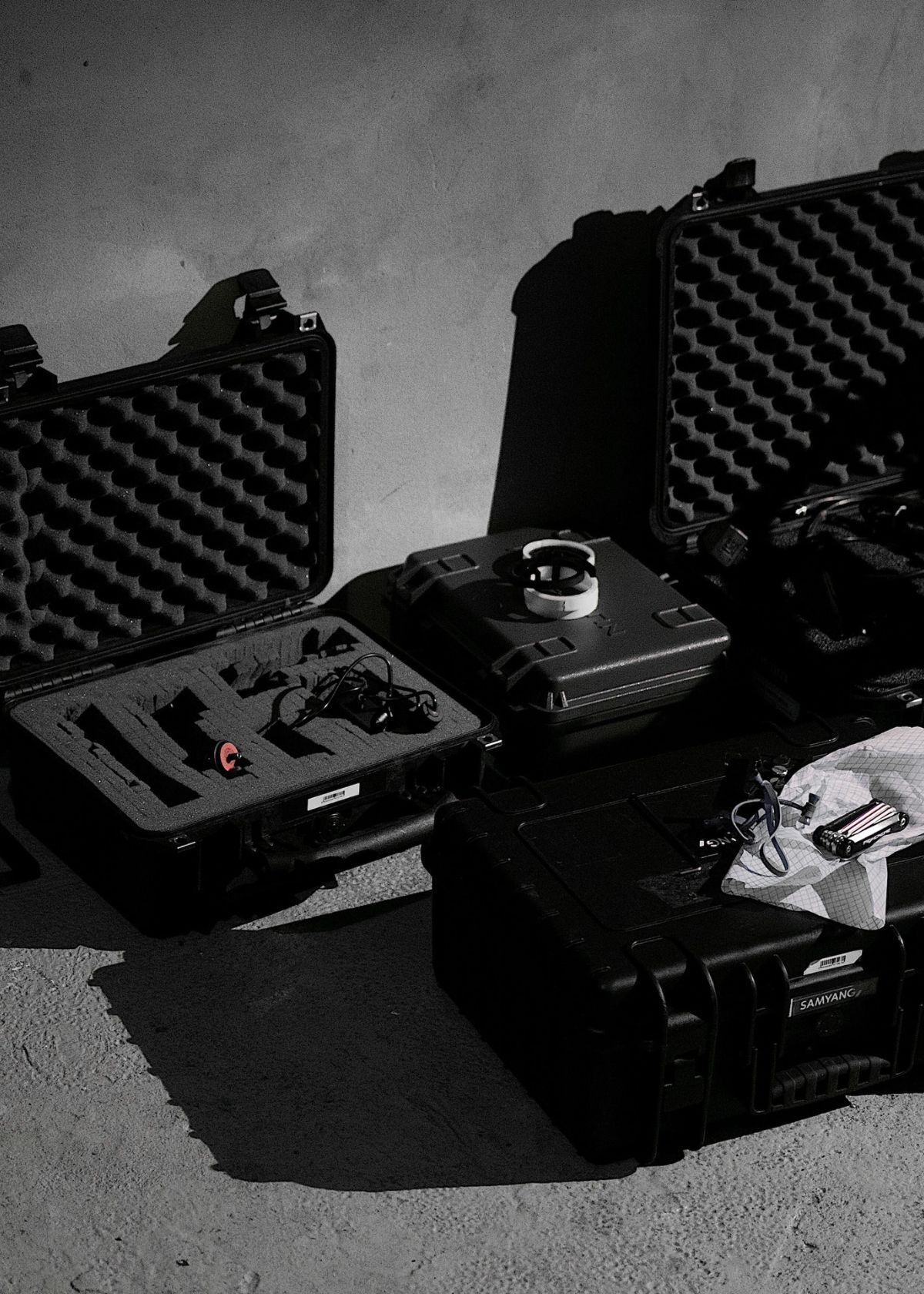
Your Friends,
LoveNatureReviews Team



